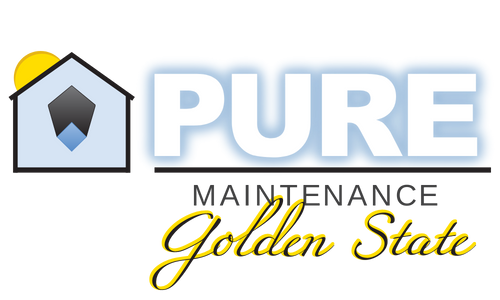Clients often ask us questions like, “Is this a dangerous mold?” or “What type of mold is the most dangerous?”. The short answer: Practically all molds in elevated amounts can be dangerous.
Examples of Dangerous Mold
The most dangerous molds, which we call “marker molds, include Stachybotrys and Chaetomium. Other molds which, depending on the environment, can be just as dangerous include Penicillium, Aspergillus, Fusarium, and Cladosporium.
Stachybotrys, commonly called black mold, produces a mycotoxin called Trichothecene. Trichothecene, or T2, is the same toxin used in nerve gas in some bio-warfare. It is not to be toyed with on any level.
Chaetomium can produce several mycotoxins, including sterigmatocystin, O-methylsterigmatocystin, chaetochromin, chaetocin, chetomin, cochliodinols, and mollicellin G. There are many reports of these compounds having teratogenic and carcinogenic effects.
Other molds produce:
- Aflatoxins (produced by Aspergillus) including Aflatoxin B1, B2, G1, G2, M1, and M2
- Ochratoxin – including Ochratoxin A, B, and C
- Fumonisins – including Fumonisin B1 and B2 and Zearalenone
Common side effects of mold exposure
Mold colonies spore out when stressed. Additionally, mold produces dangerous mycotoxins, such as those listed above. Spores can harm a person’s respiratory tract, cause asthma, headaches, rashes, and more. Mycotoxins, a byproduct of mold, can also cause neurological issues that include depression, anxiety, weight gain, weight loss, headaches, brain fog, fatigue, muscle weakness, pain, tingling, and more.
Do all molds cause these symptoms? Probably not, but a good portion of them do. Our recommendation is to treat all mold as a serious problem. If you have noticeable mold, regardless of type, you need to have it remediated.
A word about mycotoxins
Addressing mycotoxins is altogether different. Mycotoxins do not have living cells or spores. Mycotoxins are not alive, so “killing” mycotoxins is not possible. However, by eliminating the production of mycotoxins and oxidizing the proteins within the toxin, a home treated by Pure Maintenance will return to a healthy status.
Conclusion
A home with elevated levels of Stachybotrys, Chaetomium, Aspergillus, and others seem to have one thing in common: Humidity issues, water damage, and insufficient ventilation. The homeowner must reduce the overall “mold load” in their home. The beauty of the Pure Maintenance dry fog treatment is that it addresses ALL mold and ALL bacteria in a home.
Treat your home whenever you suspect elevated “mold load” in your home. Call us today!
This blog was first published on the Pure Maintenance Corporate Website on 27 August 2020 and has been edited for clarity and length by Pure Maintenance Golden State.
